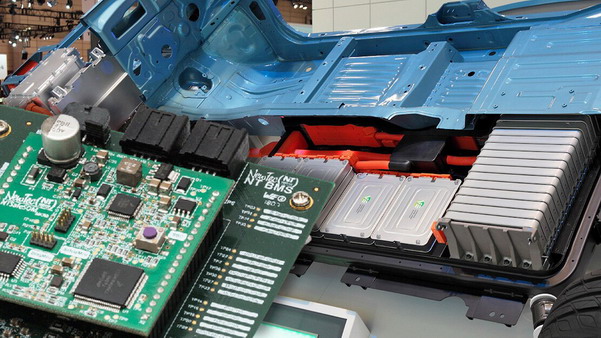1. Core Role in Temperature Detection
- Real-Time Monitoring: NTC sensors leverage their resistance-temperature relationship (resistance decreases as temperature rises) to continuously track temperature across battery pack regions, preventing localized overheating or overcooling.
- Multi-Point Deployment: To address uneven temperature distribution within battery packs, multiple NTC sensors are strategically placed between cells, near cooling channels, and other critical areas, forming a comprehensive monitoring network.
- High Sensitivity: NTC sensors rapidly detect minute temperature fluctuations, enabling early identification of abnormal temperature spikes (e.g., pre-thermal runaway conditions).
2. Integration with Thermal Management Systems
- Dynamic Adjustment: NTC data feeds into the Battery Management System (BMS), activating thermal control strategies:
- High-Temperature Cooling: Triggers liquid cooling, air cooling, or refrigerant circulation.
- Low-Temperature Heating: Activates PTC heating elements or preheating loops.
- Balancing Control: Adjusts charge/discharge rates or local cooling to minimize temperature gradients.
- Safety Thresholds: Predefined temperature ranges (e.g., 15–35°C for lithium batteries) trigger power limits or shutdowns when exceeded.
3. Technical Advantages
- Cost-Effectiveness: Lower cost compared to RTDs (e.g., PT100) or thermocouples, making them ideal for large-scale deployment.
- Fast Response: Small thermal time constant ensures quick feedback during sudden temperature changes.
- Compact Design: Miniaturized form factor allows easy integration into tight spaces within battery modules.
4. Challenges and Solutions
- Nonlinear Characteristics: The exponential resistance-temperature relationship is linearized using lookup tables, Steinhart-Hart equations, or digital calibration.
- Environmental Adaptability:
- Vibration Resistance: Solid-state encapsulation or flexible mounting mitigates mechanical stress.
- Moisture/Corrosion Resistance: Epoxy coating or sealed designs ensure reliability in humid conditions.
- Long-Term Stability: High-reliability materials (e.g., glass-encapsulated NTCs) and periodic calibration compensate for aging drift.
- Redundancy: Backup sensors in critical zones, combined with fault detection algorithms (e.g., open/short-circuit checks), enhance system robustness.
5. Comparison with Other Sensors
- NTC vs. RTD (e.g., PT100): RTDs offer better linearity and accuracy but are bulkier and costlier, suitable for extreme temperatures.
- NTC vs. Thermocouples: Thermocouples excel in high-temperature ranges but require cold-junction compensation and complex signal processing. NTCs are more cost-effective for moderate ranges (-50–150°C).
6. Application Examples
- Tesla Battery Packs: Multiple NTC sensors monitor module temperatures, integrated with liquid cooling plates to balance thermal gradients.
- BYD Blade Battery: NTCs coordinate with heating films to preheat cells to optimal temperatures in cold environments.
Conclusion
NTC sensors, with their high sensitivity, affordability, and compact design, are a mainstream solution for EV battery temperature monitoring. Optimized placement, signal processing, and redundancy improve thermal management reliability, extending battery lifespan and ensuring safety. As solid-state batteries and other advancements emerge, NTCs’ precision and rapid response will further solidify their role in next-generation EV thermal systems.
Post time: May-09-2025


